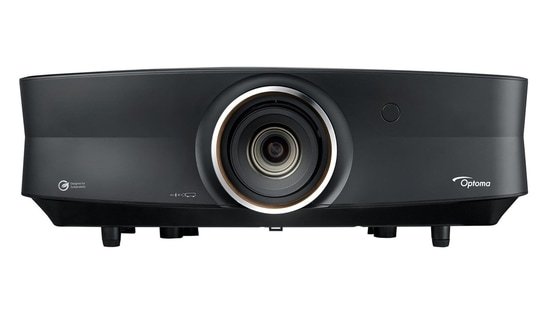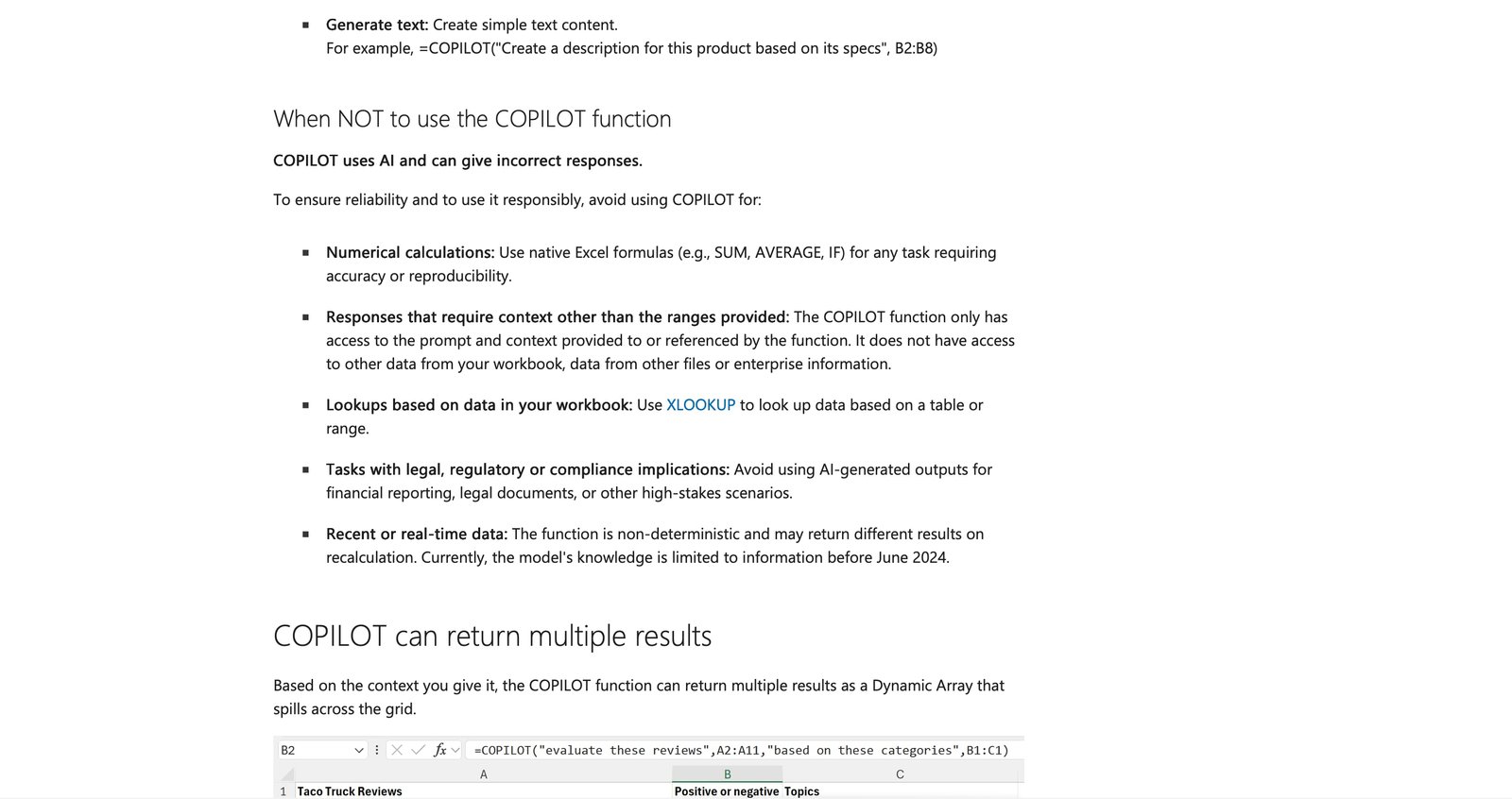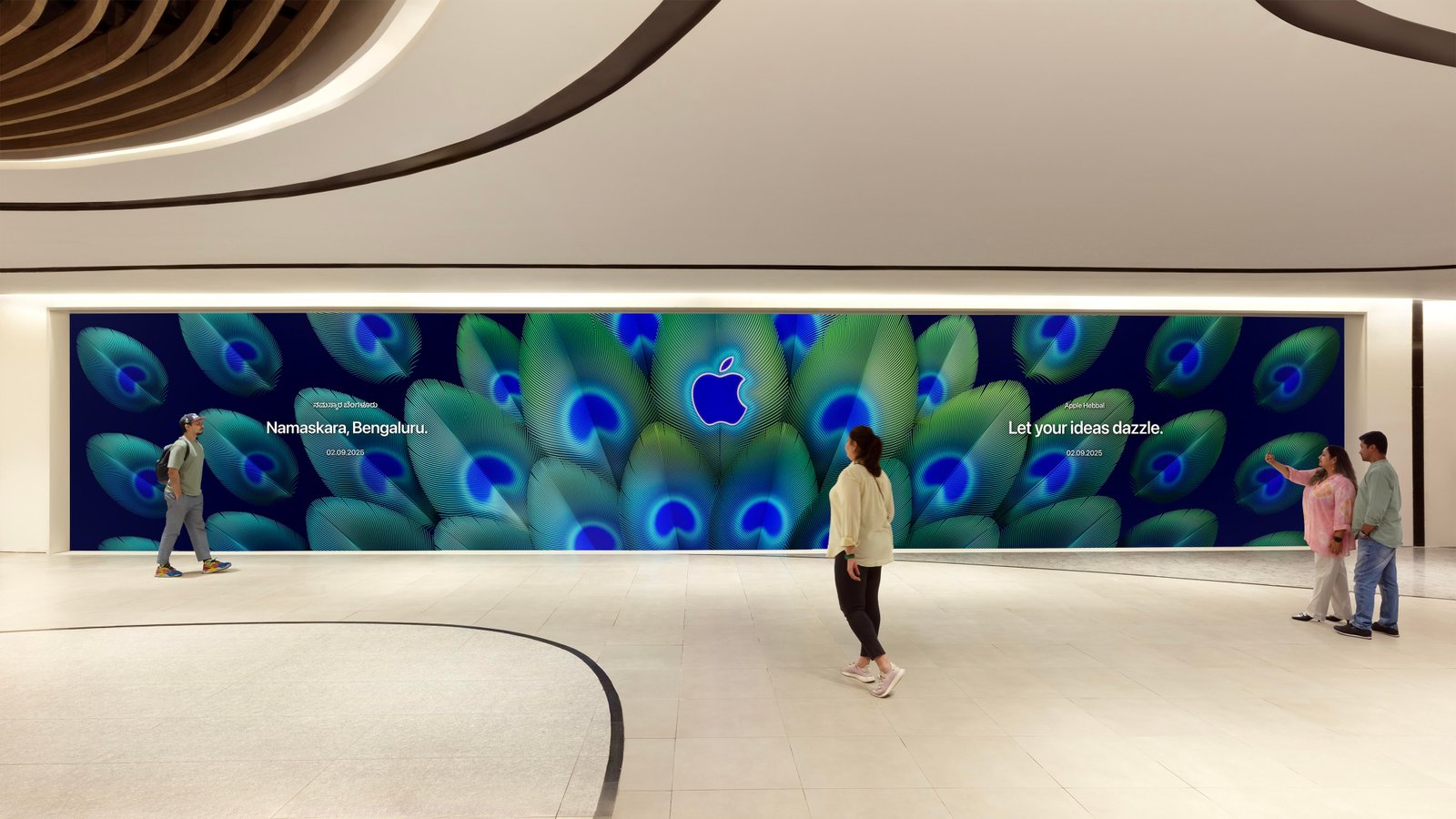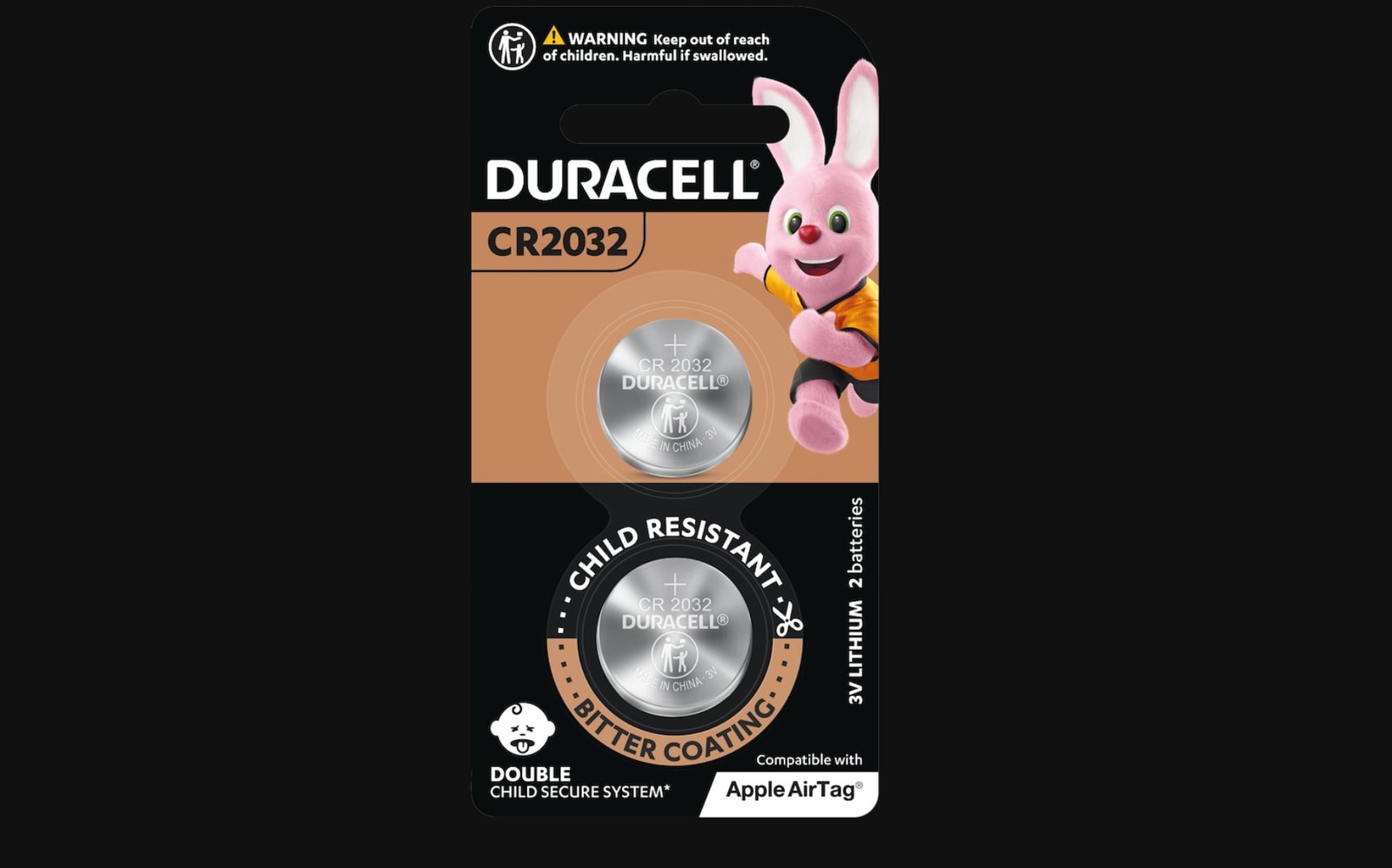Tools & Platforms
Assessing Optoma UHC70LV, AI’s absurdity with accuracy, and Duracell’s bitter tech

I am sure (please don’t let me down) most of you would have subscribed to our second conversation every week, Neural Dispatch, focusing on the artificial intelligence (AI) hype and decoding everything in that excitable world. I’ll talk about this in detail over there in the next edition, but it’s important to start this week with an absurdity emerging from Microsoft’s implementation of Copilot in Excel. This AI is, simply put, supposed to generate formulas, summarising cell ranges in a spreadsheet or assign categories to text entries. All of which, gullible enterprises worldwide would happily welcome as the end of humans in their organisation. Read Microsoft’s support document with even the slightest bit of attention, and you’ll read, “COPILOT uses AI and can give incorrect responses” and further suggests “native Excel formulas (e.g., SUM, AVERAGE, IF) for any task requiring accuracy or reproducibility”. This is downright ridiculous, considering Copilot is underlined by OpenAI’s advanced reasoning models, and the latter has loudly championed the cause for AI being PhD-level and whatnot. Yet another AI failure, in a summer when the entire hype has been punctured. We’ll talk about this more, in Neural Dispatch — do subscribe, it’s free.

Last time in 💡 Wired Wisdom: Wearable sales slow down, and making sense of Elon Musk’s hardships
TECH SPOTLIGHT: OPTOMA UHC70LV PROJECTOR
There is little doubt that one after the other, projector giants Optoma have delivered on-point products, for homes in particular. The UHC70LV is the latest chapter in that rapidly thickening book of success for the Taiwanese projector brand, ticking off all the bells and whistles you’d expect in a premium home entertainment piece — this after all is priced at ₹7,50,000. That top money you’d spend gets you a projection system that can easily go as large as 120-inches, depending on how you place this and the wall or screen you’ll be pairing this with. The native resolution is 4K with support for Dolby Vision and HDR10+ high dynamic range standards. There’s something called a Filmmaker Mode too, which is a settings preset that you may find to your liking while watching movies.
I’ve come away genuinely impressed with the image processing and the default tonality approach for visuals, and this observation comes after a variety of content was experienced on the Optoma UHC70LV — besides movies and TV shows, the Formula 1 Hungarian Grand Prix, England vs India test matches, and considering whiling away of time on YouTube. At the core of this is what Optoma calls the PureEngine Ultra, which pre-defines the algorithmic collective of PureColor, PureContrast, PureLight, PureMotion and PureDetail functionality, and leaves a lot of headroom for manually tweaking the display settings to get it just right. The DuraCore Laser lamp source can get really bright, rated at 5000 lumens, and that means the UHC70LV had no problem working in a typically lit living room.
There are the typical projector shortcomings that one must contend with, such as a weak on-board audio system, and it is worth pointing out that Optoma could have perhaps taken some inspiration from their earlier CinemaX P2 laser projector from a few years ago, which had a built-in soundbar style speaker system which genuinely worked well. The remote that Optoma has bundled with the UHC70LV also often requires taking a second stab for the desired result. The UHC70LV also doesn’t bother with a ‘smart’ TV interface, either Google TV or another Android fork, and I would classify this as a positive (you’ll be better off pairing an Apple TV 4K with this), rather than lean the other way. I often say that projectors are now better placed than ever in human history, as viable alternatives to large screen TVs. The Optoma UHC70LV is very much leading that argument.
A PATH FORWARD

Next week, Apple opens doors to two more official Apple Store outlets in India. Apple Hebbal (Bengaluru) opens doors on Sept 2, while Apple Koregaon Park (Pune) will open for business on Sept 4. These two stores join Apple Saket (New Delhi) and Apple BKC (Mumbai). In my conversation with Deirdre O’Brien, Apple’s senior vice president of Retail and People, she points to “magical, only-at-Apple experiences”, including Today at Apple sessions, engraving on select products such as AirPods and iPad, a Genius Bar for service, as well as in-store pickup for orders placed online. For Apple’s stores in Delhi, Mumbai, Bengaluru, and Pune, there is a special focus on payment and financing options. The question is, why is Apple timing the new store launches now? There is more than one reason for this.
- The next iPhone lineup, iPhone 17 series, is lined up to be unveiled on September 9. And the new iPhones will go on sale later in the same month. By then, Apple Stores in Bengaluru and Pune will also be fully in the flow.
- Earlier this year, the launch of the Apple Store app in India set the ball rolling for further retail impetus, that’s bearing results now. The company’s strategy for India is cognisant of the need for balance between a strong online presence, as well as physical experiences, including partner ‘premium resellers’.
- “Products like iPhone and Mac are meant to be experienced in person, and our team members often share stories of how our customers come to our stores to shop for our products and learn more about how they can do their best work. And as we open new stores, we expect the same connection and more only-at-Apple experiences that enrich our customers’ lives,” O’Brien noted.
- Apple is navigating tariff complexity at home. Though there is currently a temporary tariff exemption on iPhones manufactured in India (and elsewhere, which land in the US markets), despite US President Donald Trump’s broader escalation of tariffs on many countries including India. However, this protection is inherently unstable.
- Apple’s India operations serve a dual purpose — manufacturing iPhones for local consumption as well as exports to other countries, and a retail expansion positions Apple to maximise revenue from its India-manufactured devices locally.
TASTE OF THINGS

This week, a rather interesting tech evolution landed in my tray, something that took me back to how my father taught me to handle batteries (this was an era before alkaline ones, just for reference). It was a simpler time, when battery operated toys and DIY electric motor, fan and light kits were peak toys. The development I’m talking about takes me to the house of Duracell, which has designed Lithium Coin Batteries (there are more applications of this than you may immediately realise, such as Apple AirTags and TV remotes) with something called as a Bitter coating — the idea being to strongly dissuade toddlers and young children from putting this piece of technology power in their mouth. This coating releases this bitter taste when it comes in contact with saliva. This is something they say will be clearly mentioned on the packaging too. “The accidental ingestion of lithium coin batteries is a serious concern for parents, as the number of devices that require lithium coin batteries rises,” says Sunil Gadgil, General Manager, Duracell India. Their unique form factor and rather small footprint lend to this scenario as well. Duracell says this coating is now on the CR2025, CR2016, and CR2032 variants. The thought is appreciated. I’m yet to taste this though.
I’ve come away genuinely impressed with the image processing and the default tonality approach for visuals, and this observation comes after a variety of content was experienced on the Optoma UHC70LV — besides movies and TV shows, the Formula 1 Hungarian Grand Prix, England vs India test matches, and considering whiling away of time on YouTube. At the core of this is what Optoma calls the PureEngine Ultra, which pre-defines the algorithmic collective of PureColor, PureContrast, PureLight, PureMotion and PureDetail functionality, and leaves a lot of headroom for manually tweaking the display settings to get it just right. The DuraCore Laser lamp source can get really bright, rated at 5000 lumens, and that means the UHC70LV had no problem working in a typically lit living room.
There are the typical projector shortcomings that one must contend with, such as a weak on-board audio system, and it is worth pointing out that Optoma could have perhaps taken some inspiration from their earlier CinemaX P2 laser projector from a few years ago, which had a built-in soundbar style speaker system which genuinely worked well. The remote that Optoma has bundled with the UHC70LV also often requires taking a second stab for the desired result. The UHC70LV also doesn’t bother with a ‘smart’ TV interface, either Google TV or another Android fork, and I would classify this as a positive (you’ll be better off pairing an Apple TV 4K with this), rather than lean the other way. I often say that projectors are now better placed than ever in human history, as viable alternatives to large screen TVs. The Optoma UHC70LV is very much leading that argument.
Tools & Platforms
Globevisa CEO Unveils its AI Strategy, Transforming Traditional Services Into a Tech-Driven Powerhouse
— In a decisive move set to redefine the future of service industries, Globevisa Group CEO and co-founder Henry Fan has launched a groundbreaking artificial intelligence (AI) transformation strategy that embeds AI at the core of the company’s operations. This bold initiative is not only improving efficiency and customer service but also positioning Globevisa as a global innovator in tech-driven business leadership.
Rather than relegating AI to a standalone IT function, Henry established an in-house AI Empowerment Center—a “special forces” unit that reports directly to him. This reflects his belief that AI is a business-wide opportunity, not a departmental add-on. As the architect of this transformation, Henry serves as strategist, change agent, and internal evangelist, overseeing a company-wide shift in how AI is deployed, adopted, and embraced.
The Strategist: Defining a Clear Vision for AI
Henry’s leadership begins with a clear vision for an “AI-driven Globevisa,” which he positions as the company’s North Star. This vision guides every decision, from budget allocation to the selection of core technologies. Henry ensures that AI efforts are tightly aligned with Globevisa’s business objectives, such as revenue growth, operational efficiency, and brand enhancement.
His approach is pragmatic and phased, focusing on high-value pilot projects before scaling up. He champions a “showcase to full coverage” strategy, quickly demonstrating tangible results in areas like marketing, customer service, and human resources. By tying AI initiatives directly to measurable business outcomes, such as reducing document processing times, increasing content production efficiency, or improving sales conversion rates, Henry ensures that Globevisa’s AI efforts are not just theoretical but practical and impactful.
Tackling Operational Inefficiencies with AI
Henry’s journey into AI began with a recognition of inefficiencies in the company’s internal processes, which were bogged down by repetitive, manual tasks. He saw AI not as a buzzword but as a tool to address these core operational challenges.
1.Document Processing
Globevisa’s success involves processing countless client documents, such as bank statements and passports, a task prone to human error and delays. To combat this, Henry spearheaded the development of an AI document extraction and auditing tool. This technology scans documents, extracts key information, and cross-checks it against system requirements, significantly reducing manual review time and errors. The result is faster, more accurate processing, enabling the team to handle a higher volume of clients.
2.Customer Service
Globevisa’s customer service team was overwhelmed by repetitive inquiries, leaving little time for complex, high-value interactions. Henry’s team introduced a 24/7 AI-powered chatbot capable of handling up to 80% of standard queries. This freed human staff to focus on nuanced, emotional, and complex client concerns, enhancing overall customer satisfaction.
3.Marketing Content Creation
The process of generating marketing content was slow and often lacked variety. Henry addressed this by deploying an “AI Content Factory” that generates blog posts, social media updates, and ad copy from simple keywords. This tool dramatically increased content production efficiency while reducing costs, ensuring Globevisa remains competitive in its digital marketing efforts.
The Breaker of Barriers: Overcoming Organizational Challenges
While implementing AI solutions, Henry quickly realized that the biggest obstacles were not technological but organizational and cultural. Resistance to change, data silos, and fears of job displacement were among the challenges he faced.
1.Breaking Data Silos
With 110,000 successful cases in hand, Globevisa sits on a treasury of data. However, many departments at Globevisa operated in isolation, hoarding data and refusing to share it. For instance, the AI team often needed years of sales data to train models, but obtaining access required navigating internal politics. Henry personally stepped in as a “Breaker of Barriers,” reframing data-sharing as an investment in the company’s future rather than a threat. He emphasized that AI would provide departments with sharper tools to achieve their goals, fostering a spirit of collaboration.
2.Addressing Job Displacement Fears
Employees, particularly senior staff such as copywriters, were initially hostile toward AI, viewing it as a potential replacement for their roles. Henry tackled this by redefining their positions and elevating their value. He assured employees that AI would handle 80% of mundane tasks, allowing them to focus on the remaining 20% of creative, high-value work. Copywriters, for example, were rebranded as “AI Creative Strategists” and “Final Quality Controllers,” responsible for refining and overseeing AI-generated drafts. This reframing not only eased fears but also inspired employees to embrace AI as a tool for professional growth.
3.Adjusting KPIs to Reward Adoption
In traditional service industries, departments often cling to outdated KPIs, which can hinder the adoption of new technologies. Henry addressed this head-on by personally revising performance metrics for teams involved in AI pilots. For example, customer service teams previously measured on “calls handled per hour” were now evaluated on metrics like “complex problem-solving rates” and “customer satisfaction scores.” This ensured that employees were rewarded for adopting new behaviors, not for sticking to inefficient practices.
The Chief Evangelist: Fostering a Culture of Innovation
Henry understands that technology alone cannot drive change; it requires a cultural shift. As Globevisa’s “Chief Evangelist,” he regularly communicates the importance of AI initiatives through all-hands meetings, internal newsletters, and personal demonstrations. By openly using AI tools, such as leveraging AI for meeting summaries, he leads by example, fostering a company-wide culture of innovation.
His leadership style is characterized by inclusivity and transparency. Instead of imposing top-down mandates, he actively involves employees in the transformation process, ensuring that AI is seen not as a threat but as an enabler. This human-centric approach has been instrumental in building trust and enthusiasm for AI across the organization.
A Model for the Future of Services
Henry’s approach provides a replicable roadmap for other service-based companies navigating digital transformation. His model centers on measurable value, cultural readiness, and human-AI collaboration, proving that even traditional industries can lead in a tech-first economy.
About Globevisa
Globevisa Group is a global leader in immigration and relocation services, with over 110,000 successful cases worldwide. Committed to service excellence and innovation, the company helps individuals and families navigate complex immigration processes with confidence.
Contact Info:
Name: Lena Huang
Email: Send Email
Organization: GLOBEVISA GROUP (HONG KONG) LIMITED
Website: https://www.globevisa.com/
Release ID: 89168612
In case of identifying any errors, concerns, or inconsistencies within the content shared in this press release that necessitate action or if you require assistance with a press release takedown, we strongly urge you to notify us promptly by contacting error@releasecontact.com (it is important to note that this email is the authorized channel for such matters, sending multiple emails to multiple addresses does not necessarily help expedite your request). Our expert team is committed to addressing your concerns within 8 hours by taking necessary actions diligently to rectify any identified issues or supporting you with the removal process. Delivering accurate and reliable information remains our top priority.
Tools & Platforms
Oak Lawn Community High School to implement AI gun detection tech – NBC Chicago

A high school in suburban Chicago was awarded a grant to implement AI-powered gun detection technology.
Oak Lawn Community High School District 229 was one of 50 recipients selected nationwide for the Omnilert Secure Schools Grant Program, the school said in a recent announcement.
The district was awarded a three-year license for Omnilert Gun Detect, an “advanced AI-powered gun detection technology” — at no cost.
The AI system identifies firearms “in real-time through existing security camera infrastructure,” the announcement said.
Once a potential threat is identified, the AI system activates a rapid response process by alerting school officials and law enforcement, ultimately ensuring that threats can be addressed “as quickly and effectively as possible,” the announcement said.
The implementation of the AI system aligns with District 229’s security strategy, that includes a combination of physical safety measures, emergency preparedness and mental health resources, the announcement said.
The school said staff training and safety drills will be done to ensure the technology is used effectively and responsibly.
Tools & Platforms
Your browser is not supported
usatoday.com wants to ensure the best experience for all of our readers, so we built our site to take advantage of the latest technology, making it faster and easier to use.
Unfortunately, your browser is not supported. Please download one of these browsers for the best experience on usatoday.com
-
Tools & Platforms3 weeks ago
Building Trust in Military AI Starts with Opening the Black Box – War on the Rocks
-

 Ethics & Policy1 month ago
Ethics & Policy1 month agoSDAIA Supports Saudi Arabia’s Leadership in Shaping Global AI Ethics, Policy, and Research – وكالة الأنباء السعودية
-

 Events & Conferences3 months ago
Events & Conferences3 months agoJourney to 1000 models: Scaling Instagram’s recommendation system
-

 Business1 day ago
Business1 day agoThe Guardian view on Trump and the Fed: independence is no substitute for accountability | Editorial
-

 Jobs & Careers2 months ago
Jobs & Careers2 months agoMumbai-based Perplexity Alternative Has 60k+ Users Without Funding
-

 Funding & Business2 months ago
Funding & Business2 months agoKayak and Expedia race to build AI travel agents that turn social posts into itineraries
-

 Education2 months ago
Education2 months agoVEX Robotics launches AI-powered classroom robotics system
-

 Podcasts & Talks2 months ago
Podcasts & Talks2 months agoHappy 4th of July! 🎆 Made with Veo 3 in Gemini
-

 Podcasts & Talks2 months ago
Podcasts & Talks2 months agoOpenAI 🤝 @teamganassi
-

 Jobs & Careers2 months ago
Jobs & Careers2 months agoAstrophel Aerospace Raises ₹6.84 Crore to Build Reusable Launch Vehicle





















